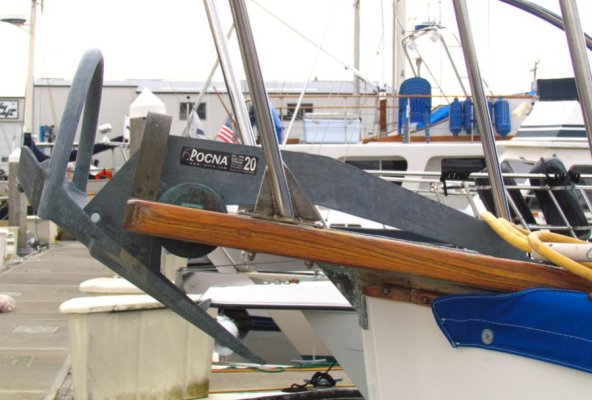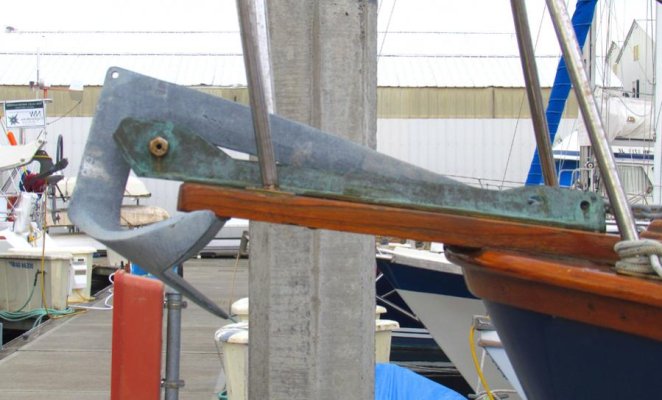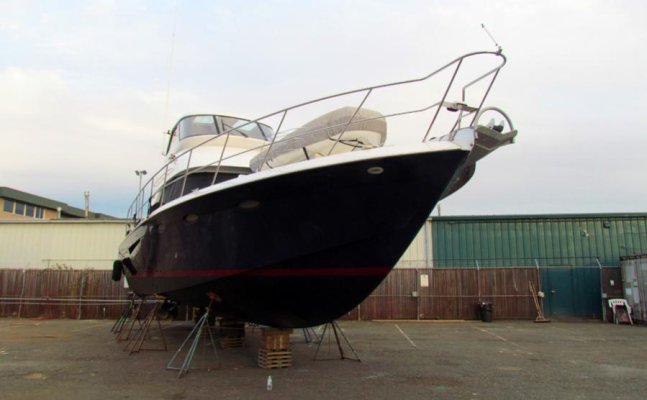Eric--- FWIW way back when we were first considering the Rocna I called the company in New Zealand and talked to them at some length about their anchor, what size would be best for our boat, its performance, and so on. At one point I asked what they considered the best rode and scope for typical anchoring situations. They said all-chain and a 5:1 to 7:1 scope. The little instruction sheet that came with our anchor said the same thing. The subject of a short scope never came up and I didn't ask since I don't need to anchor on a short scope.
I think a short scope (by which I mean less than 5:1) is going to tax almost every anchor design if it gets pulled on by stronger winds because the angle of the rode when it's stretched out almost straight (combination rode) or has much of the catenary taken out (all-chain) is going to pull up on the shank and try to lever the anchor out. Whether it comes out will depend to a degree on its design but to a great degree on the bottom and how the anchor has set. We would never use less than a 5:1 on any anchor for that very reason--- the risk is too great in our minds should the wind come up.
In wandering around the yard yesterday evening taking a few shots I was surprised to see a number of the boats had rollbar anchors. While I've been seeing a scattering of rollbar anchors in our part of the marina over the years it was a surprise to see them on such a variety of boats now. Not all of the Rocnas were new (the difference is that the new ones have "Rocna" in raised letters on underside of the angled-up "flap" at the top of the fluke). There was even a huge one on a big aluminum Alaska limit seiner, something I thought I'd never see since these guys tend to stick with a stockless anchor like a Forfjord or an old car body.
And I got an e-mail out of the blue the other day from someone up here who must have corresponded with me a year or so ago--- I didn't remember him--- who was e-mailing several boaters he'd met asking us what anchor we used in the PNW. He just brought a boat up from California and it has what he feels is a way undersized CQR on it. I e-mailed him what anchor we had, and everybody else answered, too. I figured he'd get recommendations of Bruce, a bigger CQR, Delta, etc. Every one of the respondents, some of whom have pretty big boats with 100-plus pound anchors, had switched to a Rocna.
So the rollbar anchors are catching on in this neck of the woods.







